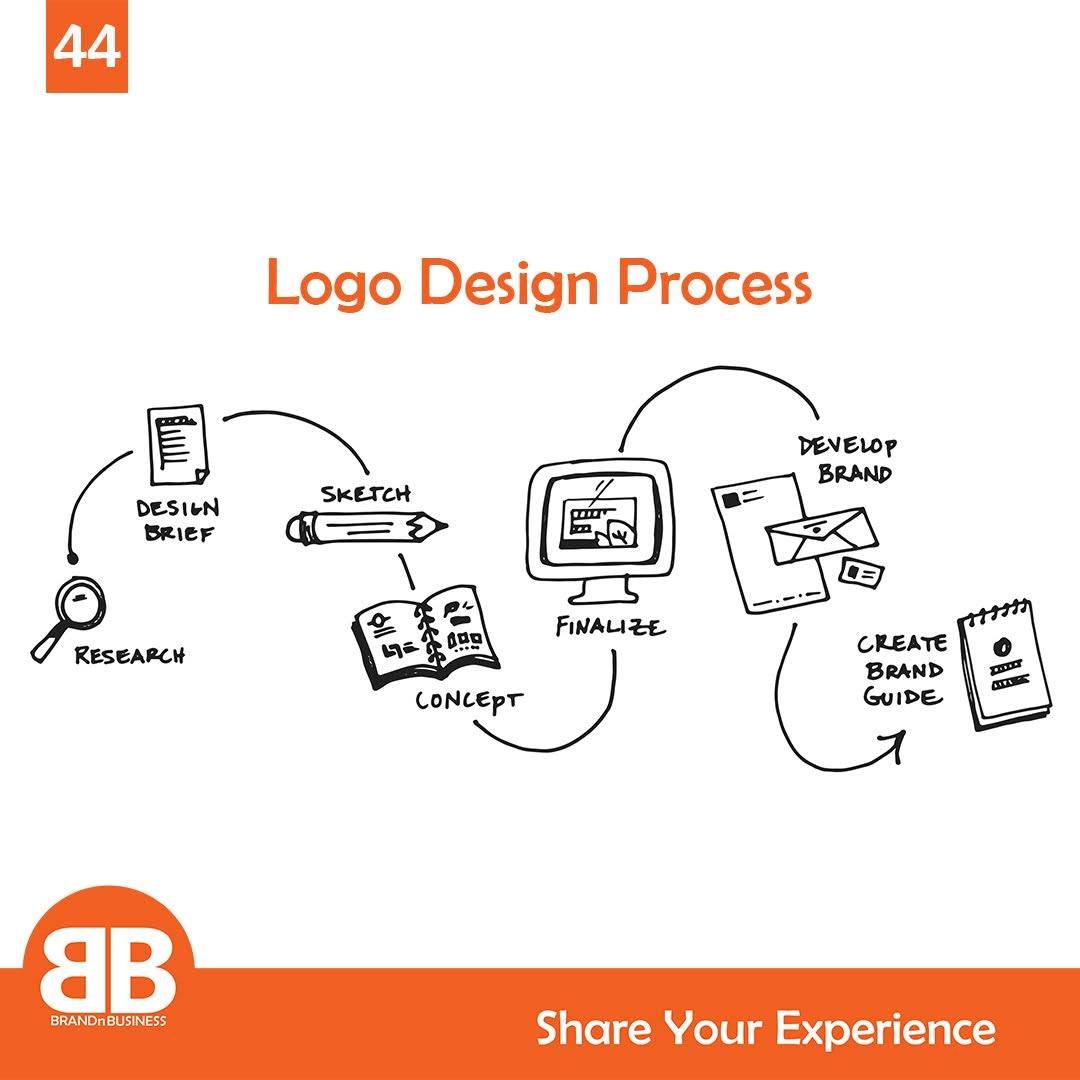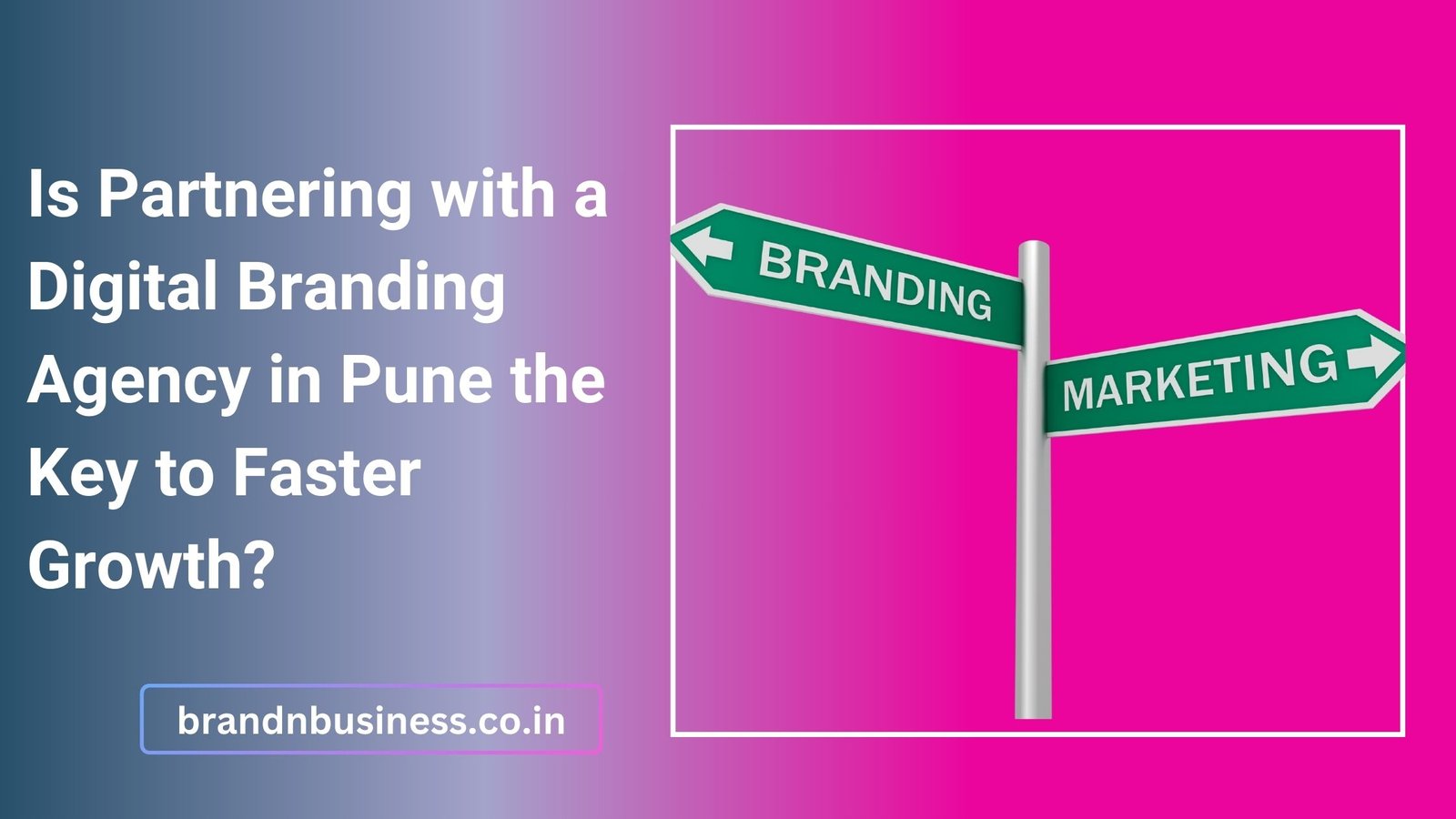
Many people like to think of themselves as designers (or believe they don't really need a designer) because they have Photoshop (or even worse, PowerPoint), just like everyone thinks they're a photographer because they have a DSLR camera.
One of the crucial lessons we learned at the very beginning of my design studies is that good graphic design work must start with a good ideas, and one of the best ways to come up with good ideas is to brainstorm and throw all of your ideas onto paper (or a tablet, or any other tool you have nearby). The more you brainstorm, the better your ideas get and the closer you are to finding the right solution.
You also have to think about the audience of the business. Who is their target market? What is the personality of the company (e.g. is it a stern, formal legal firm or a playful, fresh yogurt shop)? Does their customer base exist only in one country, or do they have customers from around the world.
A great logo design is not simply subjectively good (e.g. it "looks good" or is "pretty" to a few people). Great logo design is objectively good because it meets the objective of the client which will be using the design work.
The client's objectives and personality are what must determine the colors, shapes, typefaces, and other design elements—not what they (or even you) "feel" is good.
So, how do you define the objective? You should work with the client to create a creative brief (What goes into a fantastic creative brief? is a great question on Quora with some great answers) and use the answers provided in the brief to make informed decisions about which direction to take.



